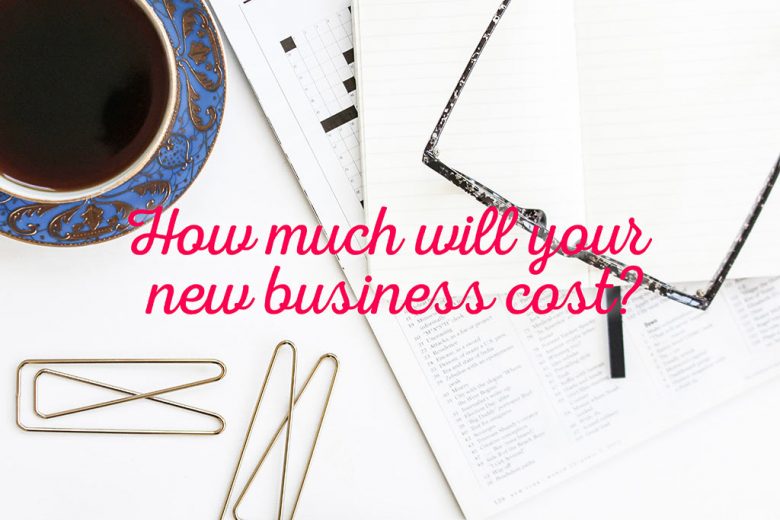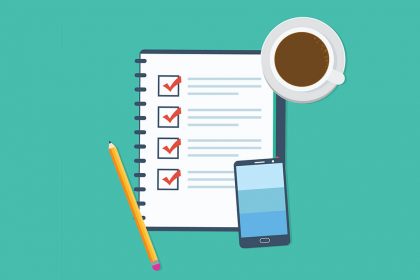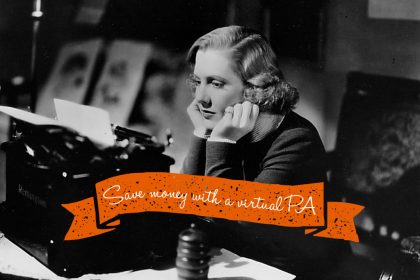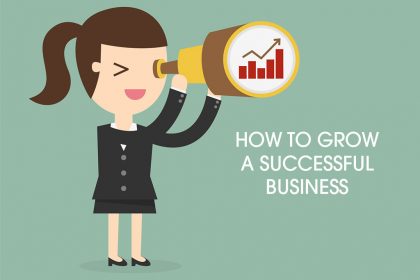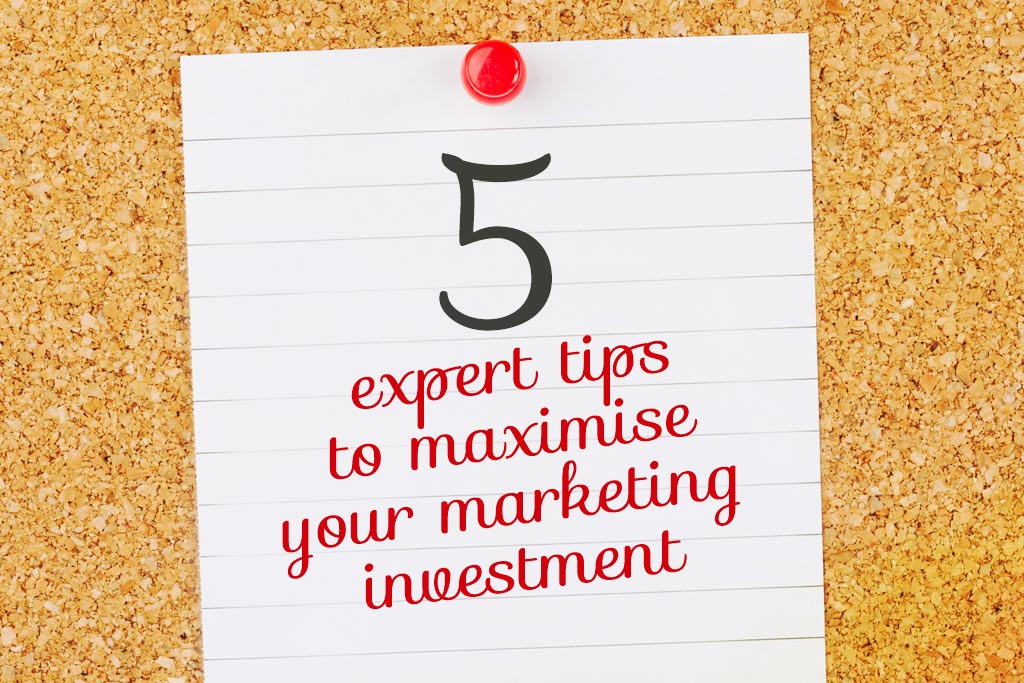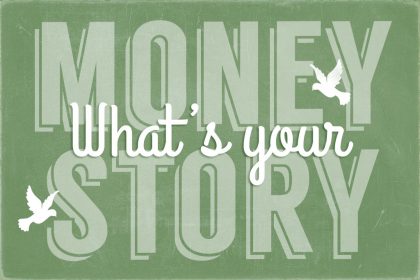How much money will your new business cost?
Thinking of starting a new business? Find out why it’s essential you understand exactly how much it will cost you – and research the four categories of business expenses.
One of the most daunting sections of a business plan for many wannabe entrepreneurs is the financial forecast section. How can you predict what kind of profit your business will make until you start it?
But launching into a new business without any kind of financial prediction is a huge risk. How can you be sure that your business will make money? That your business set up and running costs are less than the profit you hope to make?
To help you, blogger and business consultant Laura Dario shows you how to work out how much your new business will cost.
Every business has ‘hidden’ costs
We’ve all done it. You go to a restaurant and see a salad for £25 on the menu. “I could prepare this salad for a fraction of the cost,” you think to yourself.
Yes, this true, but the restaurant also has to pay for many other expenses just to bring you that salad, such as business licenses, permits, rent, furniture, plates, glasses, utensils, wait staff, etc. It also has to make a profit. You get the point.
Unless you properly consider all the financial implications of your new business, these ‘hidden’ costs can eat into your profits and leave you toiling away for nothing.
Financial planning doesn’t have to be daunting
Starting and running a business can be overwhelming, but financial planning doesn’t have to be. As a mum and first time business owner, you want to set yourself up for success and avoid surprise expenses from popping up. And with the right approach, working out your costs is much easier than you may think.
But before I take you through my system for calculating your costs, I just need to give you a quick warning. As important as it is not to underestimate your business expenses, it’s just as vital not to overestimate them.
Obviously, if you underestimate how much money you will need, you will run out of money. But if you overestimate how much you need, you could miss out on great opportunities because you thought they were too expensive. Even worse, you might even not try to start your dream business because you didn’t find out how much it really costs.
To avoid these pitfalls, it is crucial to implement effective financial planning and utilize tools like digital asset management. Understanding what is digital asset management can help you efficiently organize, store, and distribute your digital assets, ensuring optimal resource allocation and informed decision-making.
The four categories of business expenses
So, now you’re ready to get going. The simplest way to plan for your business expenses is to break them down into four main categories:
- Start up.
- Product.
- Customer acquisition.
- Day-to-day.
Breaking down your expenses into categories enables you to take on the planning process one manageable step at a time. And once you have listed out your expenses by category, the next step is to do your research. Find out how much these expenses cost and what other expenses you may be missing.
1) Your start up costs
These are one-time costs and include everything you need to get your business from idea to launch. Your start up costs may include:
- Government and legal expenses – find out what kind, if any, business licenses you will need. Will you need a lawyer? Make sure you set up your business properly with the government and find out about sales tax, when corporation taxes are due, etc. The last thing you want is an administrative burden to deal with on top of starting a new business.
- Website – no matter what type of business you are starting, it’s likely you will need a website. This means you’ll need a domain and hosting. Depending on your business, you may be able to use a design template that is low cost or even free. Check out the options and calculate your costs.
2) Your product costs
Remember how the salad cost more than just the ingredients? Your products, whatever it is that you are selling to customers, will cost you more too (these are your ‘hidden’ costs). So find out how much your product will really cost to produce and get ready to be sold. Include costs like shipping, taxes, packaging, etc.
Don’t forget that you will need to charge your customers more than this cost, and make sure that your prices are aligned with the value you are providing.
If you haven’t done so yet, it is a good time to check out your competitors. What’s the difference between your product and theirs and how much are they charging? And do you want (or need) to charge more or less than them?
3) Your customer acquisition costs
This is a fancy way of describing the money that you spend to get customers. It mostly includes marketing and sales expenses.
For example, let’s say you spend £100 on Google Ad Words. From this you get 50 visitors to your website, and of those 50 visitors 25 make a purchase. This means that your customer acquisition cost is £4. So you need to make sure that you are charging enough to customers to support your acquisition cost.
In terms of your expenses, you can be the most creative with customer acquisition costs. This is because they are variable costs. That means the more you spend, the better your results (based on the example above, if you spend £200, 50 visitors to your website will make a purchase).
So make a list of the possible ways you can invest to get customers, the costs for each, and how many sales you can expect to make from them.
4) Your day-to-day expenses
Why are we talking about day-to-day expenses when this article is about start up costs? Time. It takes time to get a business up and running.
It’s unlikely that you will go from zero to profit overnight, so you will need to plan for your day-to-day expenses in order to support your business while you are ramping up. And planning for this time is an important part of your success.
Day-to-day expenses can include rent, office supplies, insurance policies and utilities, amongst other things. Depending on your type of business, your day-to-day expenses will vary. For example, a bakery will need to use a lot of energy to heat ovens, so it pays to have the most efficient appliances possible.
Energy performance surveyors providing accredited property surveys and certifications can determine exactly how efficient your appliances are, which can help you to target areas that are costing you too much. Today, many business owners leverage the internet, which enables them to spend much less to get set up and manage day-to-day.
For example, a flower shop in the center of town will cost much more to operate then an online flower delivery company. It will have more expenses because they need to pay for rent, inventory, a sales clerk, and so on. This is just to open the doors without any actual sales.
The online flower delivery company, meanwhile, can set up business with a simple website. They may not even buy any stock until a customer has placed an order. Therefore, until they make a sale, they are only paying the cost to maintain their website.
It is up to you what type of business you want. But remember, planning is key.
Start researching your potential costs
In the end, the most important part of figuring out how much money you will need to start your business is doing your research. Don’t assume that you know how much something costs – really work out as accurate potential numbers as you can.
Also, talk to people. Find someone who has done it before and ask them about their experience. You will be surprised at how many people are happy to tell you about their experience if you just ask.
Laura Dario is a blogger at The500B.com and a business consultant. She works with entrepreneurs to help them develop structure for their company through business and financial planning.

